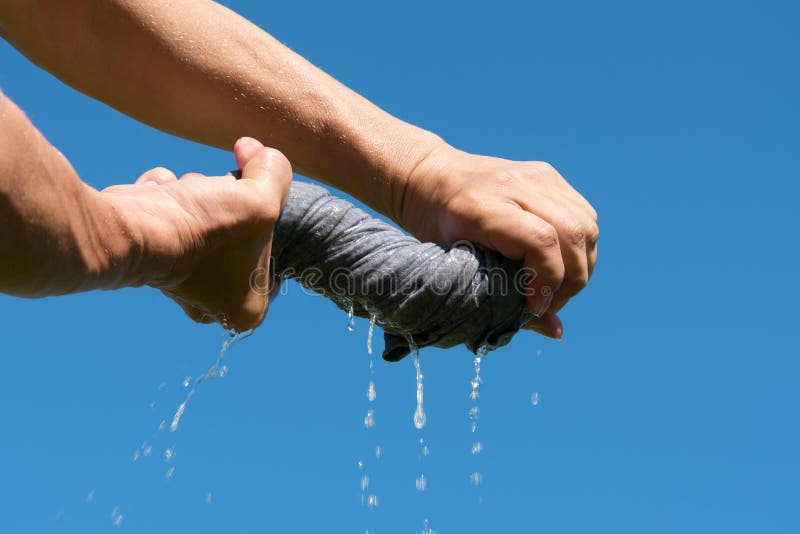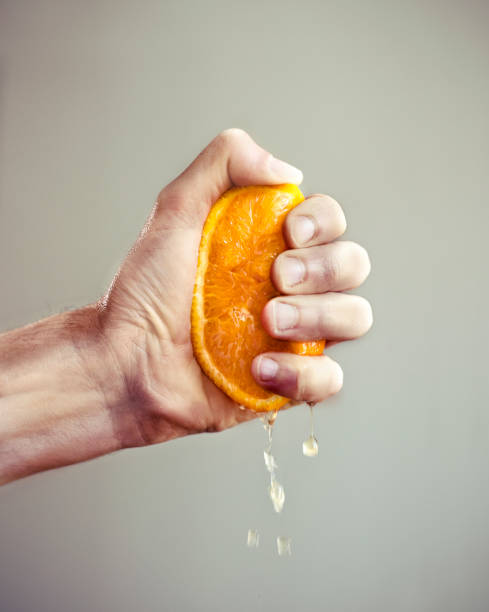In this article, we are going to discuss several muscular force examples that we often come across in our daily life.
The following is a list of muscular force examples that we are going to discuss here below:-
What is muscular force?
We perform various activities using muscular force; while playing, lifting any objects, walking, riding, cooking, pushing, pulling, workouts, etc.
Any activity utilizing the muscles to do the work is called the muscular force. It is applicable only when the object is in close contact with the body, hence it is a contact force.
Muscular Force Examples
In our day-to-day life, we make a lot of use of the muscular force almost for all activities. Let us discuss some of the muscular force examples.
Chewing: To mix the food particles with saliva and break the food into a bolus in the mouth we chew the food. To chew the food we make a rapid movement of the muscles to open and close the jaws. Hence chewing is associated with muscular force by the jaw muscles.
Man walking staircase: While walking the staircase, a man applies pressure on the front leg to lift his back leg and place it on the step ahead. This motion is possible due to the muscular movement of the legs. The force required to do so is a muscular force.

Image credit: vecteezy
Squeezing wet clothes: To drain out the water from the wet clothes, the clothes are twisted by applying force from both the hands in the opposite direction holding both the ends of the cloth using the muscles on hand, hence is also a muscular force example.

Image Credit: dreamstime
Riding a bicycle: Riding a bicycle is a good exercise to improve blood circulation in the body. For a rider to keep the bicycle in momentum, the bicycler needs to continuously paddle the bicycle. The muscular force is applied to paddle the bicycle. The brakes are applied using the hand, to control the speed of the cycle. This also needs a muscular force. For riding a bicycle, the muscular force from both, the arms, as well as the legs are used.
Playing: While playing different games we often use a muscular force. For a footballer to kick a ball, various joints and muscles from the lower part of the body are used. The primary muscle situated on the lower leg utilized to kick the football is the tibia. The power required to kick the ball comes from the knee and hip when it is extended to kick the ball. The extension of the knee results in the contraction of the thigh muscles. These muscles are called quadriceps.
To hit the badminton cork, for throwing the ball in the air, playing with the ring, volleyball, basketball, etc. calf and soleus muscles present on the back of the lower leg give the energy to hit the cork. From upper body pectoral muscle on the chest, deltoids on the shoulder and even the abdominal muscles work in the movement while playing badminton.
Trapezium muscle on the back of the neck and upper backbone also helps during the motion, catching the ball, playing tennis, badminton, passing the ball, etc.
For playing kho-kho, running, or squatting, quadriceps and hamstring muscles are used. While running, the athlete pushes the body forward by applying pressure on the ground by his/her feet. The muscles and ligament that runs along the feet connect the calf muscle on the lower leg helps in doing so, and is very essential for running, standing, walking, and jumping, for locomotion.
Many athletes and players find it is very essential to maintain their muscle strength and build muscles so that it will provide them enough muscular force to perform better in sports.
Pushing: The force applied on the object to move the object away from self is called pushing. The muscular force is imposed on the object to displace the object from one place to another. The force is applied on the object using muscle on hand. Triceps, biceps, deltoids, and abdominal muscles play a major role while pushing heavier objects. Along with calm and thigh muscles on legs are used to apply the pressure on the ground that gives support to put a force on the object. Examples are, pushing a door, shopping trolley, boxes with load, etc., which are associated with the muscular force that is exerted on the object using hands.

Pulling: The force applied on the object to move the object closer towards the self is called pulling. The objects are pulled by the hand, using joints and muscles on hand; hence it is an example of muscular force. Some examples of pulling are opening the door or box, flying a kite, opening a drawer, pulling a trolley bag, etc.

Image credit: clipground
Lifting: To lift any object in the hands, pectoral muscle, arms, and abdominal muscles are used. Since different muscles are utilized in doing so, it is a muscular force. Examples are: lifting a bucket full of water, lifting dumbbells, carrying a stack of books, etc.
Squeezing: To squeeze the juices from the lemon or orange, to squeeze water from the sponge, or to squeeze out the toothpaste from the tube, the hand palm is required to contract or expand the muscles on the hand as per the need. The muscles on hand contract while applying pressure and relax after removing the pressure. The hand muscles are used in doing this, hence is an example of muscular force.

Image Credit: istock
Kneading dough: The muscular force of a hand and palm are used while kneading the dough. The force applied and the arm moment produce a torque.

Bulls ploughing the field: Ploughing is the most ancient and primitive activity practiced in the field before sowing the seeds to germinate. Even today in some parts of the country ploughing of the field is done from the bulls. The muscular force of the bull is used to drive the plough and helps to loosen the soil and weeding too. Hence ploughing is also a muscular force example.
Pushups on the ground: Pushup is a common exercise performed by raising and lowering the body using arms. The pectoral muscles on the chest support arms to raise and lower the body. A deltoid muscle on the shoulder helps the pectoralis muscles to push the body. Triceps in the upper hand helps in extending the arms outward and abdominal muscles where the center of gravity of the human body pertains provides a core strength to brace the body during pushups.

Drawing water from the well: To draw water from the well, we use a rope on the pulley and pull it toward ourselves. Doing this task without a pulley requires a lot of muscular power from deltoids. A lot of muscular strength by hands is utilized to draw out the water from the well. Using a pulley helps to reduce the force required and save energy. It reverses the direction of pulling; we pull the rope downward instead of upward by using a pulley, thus making it easier to apply the muscular force to pull the rope.

Playing musical instruments: Playing a musical instrument helps to communicate better between both the right and left brain and strengthens your memory power.
To play any string musical instrument maybe guitar, violin, viola, etc. we use all the muscles on hand, from palm, wrist, forearm to arms. Every muscle on hand exercises while playing the instrument thus helping to build the muscles too because muscles are in constant action while applying pressure on strings to playing a melody or chords.
The muscular force from hand and wrist, and obviously from mouth and face are used while playing instruments like saxophone, trumpet, flute, shehnai, tuba, clarinet, etc. To blow wind in an instrument, the diaphragm helps in inhalation. Hence, this is also an example of muscular force.
To press the keys on the piano, keyboard, organ, the muscle bulk on the fingers gives the strength to press the keys while playing a rhythm.
Controlling steering of a car: To hold a grip on steer on wheels of a car, we apply force by hand on the steer firmly. The force applied on the steer is equal to the torque applied upon the radius of the steering wheel. The muscles on the hand and palm are used to apply the force while steering, hence it is also a muscular force example.
Read more on Is Muscular Force A Contact Force: Why, How, When and Detailed Facts.
Frequently Asked Questions
What force is a muscular force?
There are various types of force existing in nature, like gravitational force, electrostatic force, magnetic force, frictional force, etc.
A force that results due to the movement of the muscles and is applied on the object using muscle strength by humans and animals is called a muscular force. Humans and animals can migrate, do the movements and perform various activities only because of the muscular force.
Is muscular force a contact force or a non-contact force?
The force applied on the object without physical contact is a non-contact force, whereas the force applied on the object being in close contact with that object is called a contact force.
The muscular force is applied on the object only by means of physical contact with the object to get the work done and it does not depend upon the external field, hence muscular force is a contact force.
From where do the muscles get the energy to produce a muscular force?
Enough energy is utilized to perform a day-to-day activity that utilizes muscular force.
The muscles get energy from the stored chemical energy that we received from food that we eat, which is converted into heat and energy. In its rest state muscles have energy stored with them in the form of potential energy and the same is converted into kinetic energy during the motion of a body.
Also Read:
- Metathesis reaction examples
- Electrostatic force examples
- Nonpolar covalent bond examples
- Carbohydrates polymer examples
- Examples of convection
- Double bond examples
- Anaerobic respiration examples
- Uniform circular motion examples
- Triple bond examples
- Oval shape examples
Hi, I’m Akshita Mapari. I have done M.Sc. in Physics. I have worked on projects like Numerical modeling of winds and waves during cyclone, Physics of toys and mechanized thrill machines in amusement park based on Classical Mechanics. I have pursued a course on Arduino and have accomplished some mini projects on Arduino UNO. I always like to explore new zones in the field of science. I personally believe that learning is more enthusiastic when learnt with creativity. Apart from this, I like to read, travel, strumming on guitar, identifying rocks and strata, photography and playing chess.